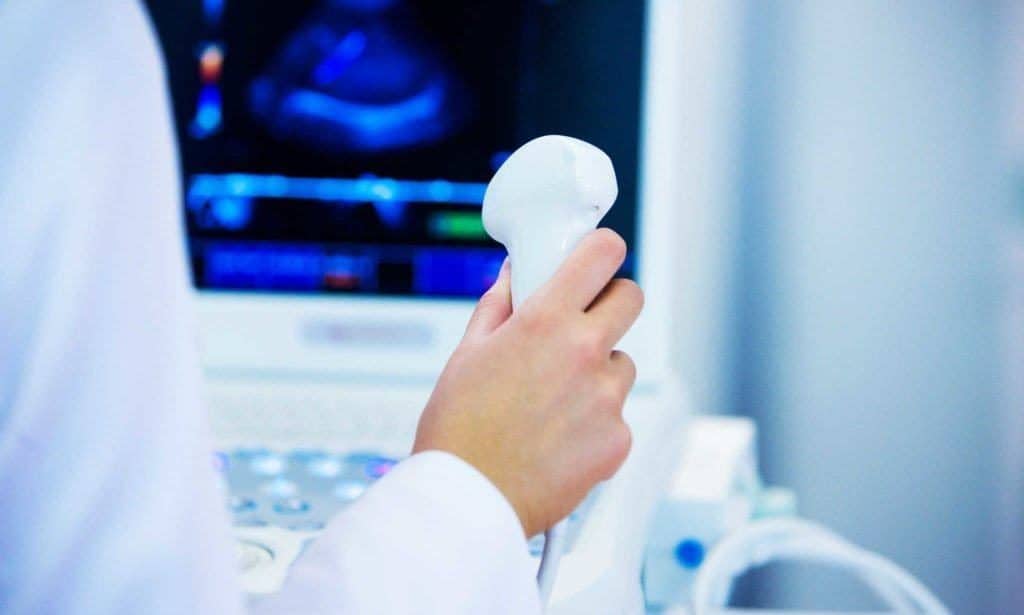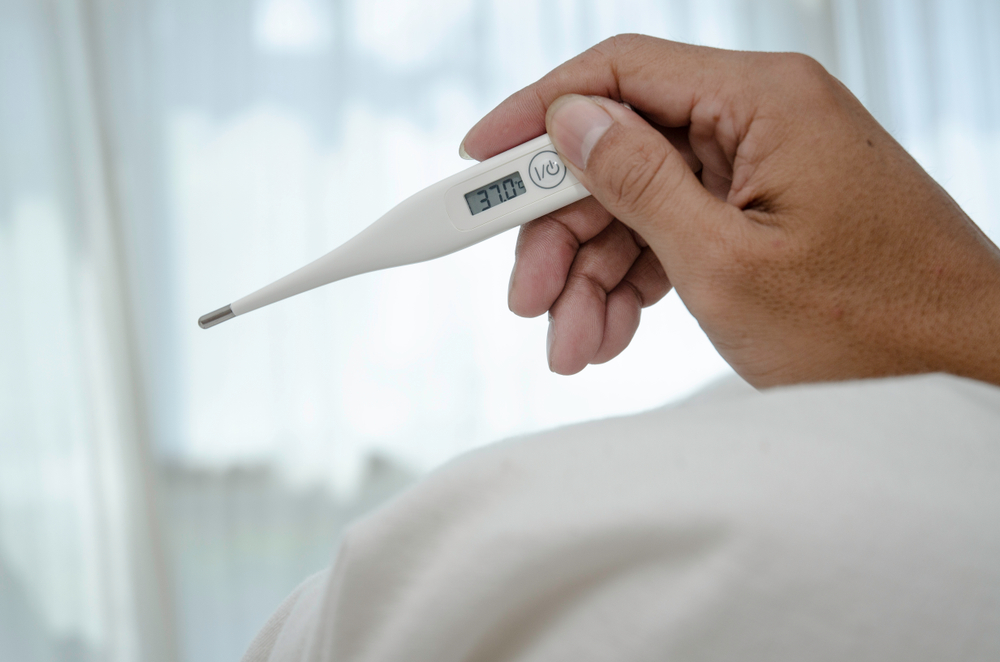Contents:
- Medical Video: What is essential thrombocythemia?
- Actually what is the function of platelets in the body?
- What happens if platelet levels rise or fall?
- Characteristics and symptoms of essential thrombocytemia
- Can essential thrombocytemia be treated?
Medical Video: What is essential thrombocythemia?
Platelets or platelets are an important component of blood. Platelets are pieces of blood and originate from megakaryocyte cells produced by the human bone marrow. The liver produces thrombopoietin which will make the bone marrow produce megakaryocyte cells.
Actually what is the function of platelets in the body?
Well, platelets have an important role in the process of hemostasis, or the process of stopping bleeding. Platelets will stick to broken or damaged blood vessels. After that, platelets will be active and release substances that can make other platelets come to the location of damaged blood vessels, triggering the process of combining platelets. The union of platelets, aka platelet aggregation, will form platelet plaques.
The platelet plaque is initially not too strong, then it becomes stronger with the help of fibrin-activating blood clotting factors, where fibrin will strengthen the plaque. Platelet plaque that has been reinforced with fibrin webbing will "patch" damage that occurs in blood vessels. This whole process happens when the body stops bleeding.
What happens if platelet levels rise or fall?
Excess and lack of platelets can cause problems for us. Platelet deficiency, called thrombocytopenia (below 100,000 - 150,000 / µL) can increase the risk of bleeding. Excess platelets or thrombocytosis (above 450,000-500,000 / µL) can increase the risk of stroke and thrombosis.
One of the diseases that cause platelets to rise is essential thrombocytemia. Essential thrombocytemia is an increase in platelet counts for no apparent reason. Essential thrombocytemia can occur due to a disruption of the stem cell formation process (stem cell) forming blood. Unfortunately, until now the cause is still unknown.
To make a diagnosis of essential thrombocytemia, other causes of ascending platelets must be crossed out first. Other causes of increased platelets include:
- Tissue inflammation such as vascular and collagen diseaseinflammatory bowel disease
- Infection
- Myeloproliferative disorders (impaired bone marrow proliferation) as in polycythemia vera
- Myelodisplastic disorders
- Hypersplenism, after splenectomy (after removal of the spleen)
- Bleeding
- Iron deficiency anemia
- Operation
- Response rebound after treatment of vitamin B12 deficiency or after alcohol abuse
- Blood splitting (hemolysis)
- Genetic thrombopoietin production is excessive
Characteristics and symptoms of essential thrombocytemia
Symptoms of essential thrombocytemia are not specific. Symptoms generally appear when platelet levels in the blood are above 1,000,000 / µL. Too much platelets can cause platelet stasis in the blood vessels, causing thrombosis or blockage.
The presence of blockages can cause:
- Transient ischemic attack (mild stroke)
- Migraine
- Dizzy
- Chest pain
- Sudden fainting
- Temporary vision changes
- Numbness
- Erythrocomalalgia or Mitchell's disease, which is a peripheral vascular disorder caused by a blockage characterized by redness, pain and burning, and increased temperature in the hands or feet
In addition to blockages, it turns out that essential thrombocytemia can also cause bleeding. Platelets rising above 1,000,000 / µL can cause blood clotting disorders so the patient becomes easier to bleed. This is characterized by nosebleeds, easy to experience bruising or bruising, bleeding gums, and bleeding bowel movements.
From symptoms, physical examination, and laboratory tests performed, essential thrombocytemia needs to be suspected under the following conditions:
- Continuous platelet increase (above 450,000 / µL)
- On bone marrow biopsy found an increase in the number of megacariocytes (hyperplasia)
- Mild enlargement of the spleen (splenomegaly)
- There are complications of thrombosis, bleeding, or both
If symptoms of a mild stroke are found such as numbness or half body paralysis; heart attack symptoms such as chest pain on the left that radiates to the arms, shoulders, jaw, accompanied by tightness and sweat; or abnormal symptoms of bleeding and blood clots, see a doctor immediately.
Can essential thrombocytemia be treated?
At present there is no specific treatment for essential thrombocytemia. However, some of the possible treatments based on a number of studies are:
- In cases that do not have risk factors for the heart and blood vessels, only observation is carried out.
- If there is von Willerbrand's disease, bleeding can be prevented by administering e-aminocaproic acid.
- Plateletpheresis or thromboferesis (the process of removing platelets).
- For the prevention of minor strokes can be given drugs hydroxyurea and aspirin. However, the administration of aspirin should be considered as a risk of bleeding, especially gastrointestinal bleeding.
A healthy lifestyle can also help overcome complications from essential thrombocytemia and the condition of platelets to rise. By doing a healthy lifestyle, the risk factors for blood clots such as diabetes, high blood pressure, and high cholesterol will decrease. This can be done by having a balanced diet, increasing physical activity, maintaining ideal body weight, and quitting smoking.












